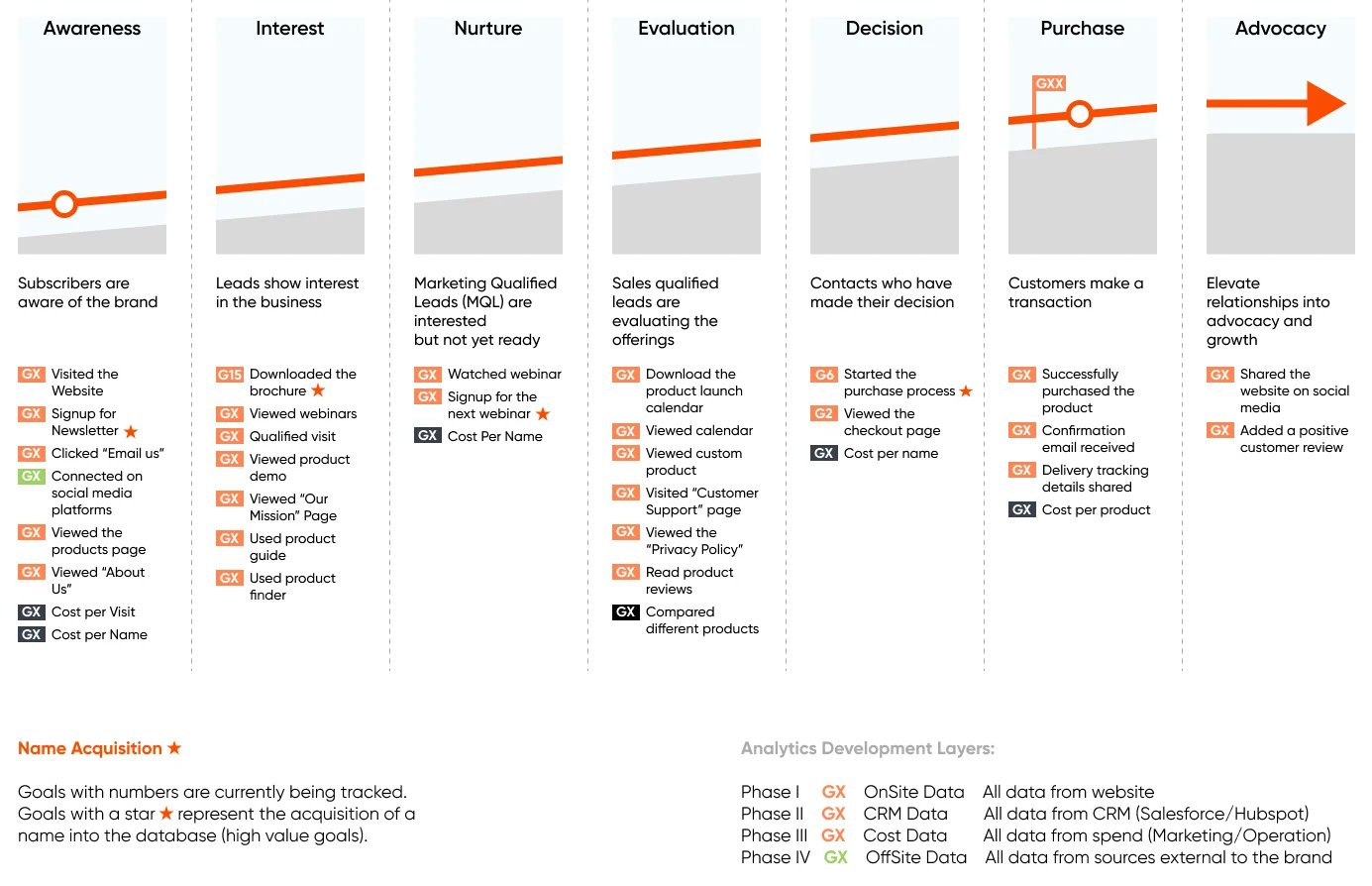
Upgrade Your Drupal Skills
We trained 1,000+ Drupal Developers over the last decade.
See Advanced Courses NAH, I know EnoughIntroduction
According to the Cisco 2022 Consumer Privacy Survey, 37% of global customers have switched brands over data privacy concerns.
Several legal and government authorities have also established their privacy standards for organizations collecting and using customer data. Google failed to comply with state consumer protection laws by misleading users about its location tracking practices. As a result, they agreed to a $391.5 million settlement with 40 US states.
Salesforce Marketing Cloud can help organizations comply with these regulations and maintain customer trust.
Understanding Privacy Regulations
General Data Protection Regulation (GDPR) and California Consumer Privacy Act (CCPA) are two most prominent regulations that govern personal data collection, processing, and storage.
General Data Protection Regulation (GDPR)
The General Data Protection Regulation (GDPR) governs how organizations, companies, governments, and other entities handle the personal data of individuals. The GDPR mandates compliance for all organizations processing the data of EU residents.
The GDPR establishes seven key principles for data processing.
- Lawfulness, Fairness, And Transparency: Organizations must have a legal basis for processing data. This should be done in a fair, transparent, and unbiased manner.
- Purpose Limitation: Data collection is restricted to legitimate purposes that are clearly communicated to individuals.
- Data Minimization: Organizations can only collect the minimum amount of personal data necessary to achieve their stated goals.
- Accuracy: Data must be accurate and kept up-to-date through rectification.
- Storage Limitation: Personal data can only be retained for as long as necessary for the intended purpose.
- Integrity and Confidentiality: Robust security measures, such as encryption, are required to safeguard data integrity and confidentiality.
- Accountability: The data controller is responsible for demonstrating compliance with all these principles.
Non-compliance with the GDPR can incur significant financial penalties. These fines are tiered based on the severity of the infringement.
- For less serious violations, organizations may face a fine of up to €10 million or 2% of their global annual revenue, whichever is greater.
- More serious infringements can result in fines of up to €20 million or 4% of their global annual revenue, whichever is higher.
California Consumer Privacy Act (CCPA)
The California Consumer Privacy Act (CCPA) empowers California residents with control over their personal data. CCPA regulates how businesses collect, use, and disclose personal data. Organizations that conduct business in California with annual gross revenue of over $25 million must comply with CCPA.
CCPA provides the following privacy protections to California residents.
- Right to Know: Businesses must disclose the categories and specific details of personal information they have collected upon request.
- Transparency at Collection: Before collecting data, businesses must clearly inform consumers about the types of personal information they gather and how it will be used.
- Right to Access: Consumers have the right to request and receive, free of charge, their personal information held by a business. However, businesses are only obligated to fulfill such requests twice within a 12-month period.
Non-compliance with CCPA can result in the following penalties.
- Intentional Violations: Intentional violations of the California Consumer Privacy Act can bring civil penalties of up to $7500 for each violation.
- Unintentional Violations: The maximum penalty for unintentional violations is $2500 per violation.
Health Insurance Portability And Accountability Act Of 1996 (HIPAA)
The Health Insurance Portability and Accountability Act of 1996 (HIPAA) is a federal law. According to this law, organizations should create privacy standards for protecting customer health information from being disclosed without consent.
To comply with the HIPAA Security Rule, all covered entities must abide by the following.
- Ensure the confidentiality, integrity, and availability of all Electronic Protected Health Information (e-PHI).
- Detect and safeguard against anticipated threats to the security of the information.
- Protect against anticipated, impermissible uses or disclosures that are not allowed by the rule.
- Certify compliance by the organization’s workforce.
Non-compliance with HIPAA results in Civil Monetary Penalties (CMPs) based on the level of culpability.
- Unknowing: Between $100 and $50,000 per violation and not exceeding $25,000 per year.
- Reasonable Cause: Between $1,000 and $100,000 per year.
- Willful Neglect: Between $10,000 and $250,000 per year.
- Willful Neglect And No Fix: Between $50,000 and $1.5 million per year.
Is Salesforce HIPAA Compliant?
Organizations can make Salesforce HIPAA compliant by implementing practices like:
- Prevent caching sensitive data including Patient Medical Information (PMI).
- Refrain from enabling autologin on websites storing sensitive health information.
- Implement a consent-based data collection methodology.
Read more to find about Salesforce's comprehensive set of compliance certifications and attestations
12 Strategies To Ensure Privacy Compliance With Salesforce Marketing Cloud
The following strategies will allow organizations to comply with relevant privacy regulations.
1. Obtaining Explicit Consent
81% of US citizens feel they have very little to no control over the data organizations collect. This can result in loss of confidence or trust.
Organizations must get the explicit consent of consumers for all data collection and processing activities, including email communications, tracking website interactions, and personalized marketing.
Ducati, a multinational motorcycle manufacturer, uses Salesforce to clearly list the information it collects whenever customers fill out forms on the landing page. Ducati also has a transparent privacy policy that mentions data collection, storage, and usage.
2. Utilizing Consent Management Tools
Use consent management tools within Salesforce Marketing Cloud to obtain consent for all marketing activities and prevent tracking of contacts who request otherwise.
Consent can also be obtained by using the Salesforce Consent Data Model. It is a standard model for managing consent at multiple levels, from global preferences to setting granular controls. This data can be connected to Marketing Cloud to respect customer’s consent preferences.
3. Segmenting Data
Segment customers according to their preferences to receive marketing communications. This helps comply with regulations and reduces the risk of sending unsolicited messages. Sending messages to the right customers also increases delivery rates and eliminates the chances of being flagged as spam by Internet Service Providers (ISPs).
Spotify, one of the largest global streaming platforms, uses Salesforce Marketing Cloud to segment its users based on consent and preferences. This allows the brand to elevate its digital experiences by sending more customized communications to customers.
4. Anonymizing Data
43% of US customers believe they are not able to protect their personal data collected by organizations. To avoid facing this issue with your customers, consider anonymizing or pseudonymizing data where possible to protect individual privacy while still being able to use the data.
5. Implementing Data Retention Policies
Implement data retention policies to retain personal data only for a short time. Regularly delete data that is no longer needed. To uphold its customer-first approach, T-Mobile, one of the largest telecom service providers, uses Salesforce to ethically collect, retain, and use all the customer data. It also clearly states all this information on the official website.
6. Implementing Transparent Privacy Policies
63% of global customers believe most companies aren’t transparent about how their data is used.
Ensure privacy policies are clear, concise, and easily accessible to customers. Explain how the data is collected, stored, and used. The privacy policies should also state the customer's rights under data protection laws.
BMW Motorrad, a multinational luxury vehicle manufacturer, clearly states its privacy policy.
7. Maintaining Data Portability
Be prepared to provide individuals with their data upon request, as regulations require. Ensure systems can export and transmit personal data in a standard format. Salesforce Marketing Cloud makes it easy for businesses to give customers their data on request. The following table shows how to extract customer data from various SFMC components.
8. Appointing Data Protection Officers (DPOs)
Appoint a Data Protection Officer if the organization is subject to GDPR or similar regulations. The DPO can help ensure compliance and act as a point of contact for privacy-related issues.
Lindsey Finch, the Executive Vice President at Salesforce, is also the Data Protection Officer at Salesforce. She and her team collaborate throughout the company to promote a privacy-oriented culture.
They work on designing, implementing, and ensuring compliance with the global privacy program. This includes integrating privacy considerations into the product development process.
9. Conducting Data Protection Impact Assessments (DPIAs)
Conduct DPIAs to assess the potential risks and privacy implications of Salesforce Marketing Cloud activities. Address identified risks and implement safeguards accordingly.
To Conduct a DPIA with Salesforce Marketing Cloud, organizations should follow eight steps.
- Step 1: Document how data will be processed throughout the project and the scope of the data.
- Step 2: Justify the data processing activities that occur by justifying the resources for the objectives and outcomes of the project.
- Step 3: Consult several key parties, like the Data Protection Officer and project stakeholders, throughout the course of the DPIA.
- Step 4: Create a prioritized list of the assets and identify potential vulnerabilities.
- Step 5: Strategically formulate and implement appropriate risk mitigation measures.
- Step 6: Once all risks are identified and an appropriate security strategy is devised, obtain sign-off for implementation from relevant parties.
- Step 7: Deploy the solutions and other measures to reduce risks.
- Step 8: Produce a final DPIA report with the project details, identified risks, and mitigation measures.
10. Implementing Opt-Out Mechanisms
Make it easy for individuals to opt out of marketing communications and ensure the process is transparent and straightforward.
For example, while running email campaigns with the Email Studio, always add an “unsubscribe” link within it. By clicking on this link, the individual should be able to seamlessly opt out of all future communications.
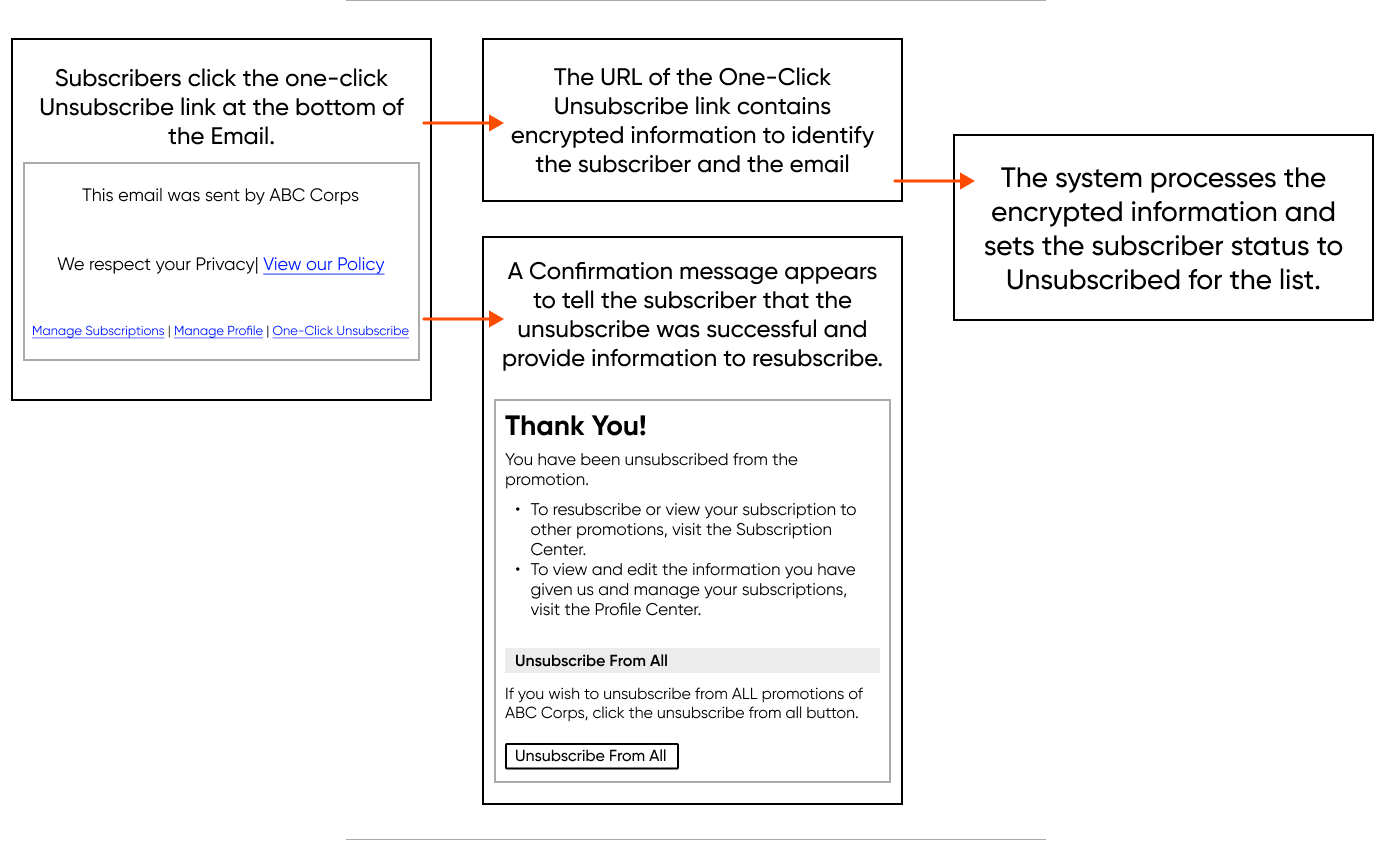
11. Developing A Data Breach Response Plan
81% of users believe the way a company treats their personal data is indicative of the way it views them as a customer. Develop a clear and effective plan for responding to data breaches, including notifying affected individuals and relevant authorities. Practices like these not only help secure the data but also help build trust and loyalty.
12. Training And Awareness
Educate the marketing and sales teams about privacy regulations and data protection laws. While implementing a Digital Experience Platform, ensure they understand the importance of privacy compliance and the potential consequences of non-compliance.
Ensuring Privacy Regulations in Your Organization
Want to learn more about how to remain compliant with data privacy regulations with Salesforce Marketing Cloud? Take this Trailhead course to learn more.
Or speak to Salesforce experts to get quick recommendations on how you can ensure compliance with relevant privacy and data protection regulations.
Introduction
According to the PwC Future of Customer Experience report, one out of three customers will stop interacting with a brand they love after one bad experience.
To provide better digital experiences, marketers need to create relevant and targeted customer journeys.
Salesforce Marketing Cloud Engagement can help build and optimize such customer journeys through its various components.
What Is Salesforce Marketing Cloud Engagement?
Salesforce Marketing Cloud Engagement is a marketing automation platform utilized for creating and managing marketing relationships and campaigns with customers. The Marketing Cloud incorporates integrated solutions for customer journey management, email, mobile, social media, web personalization, advertising, content management, and data analysis.
It offers two types of modules that help build extensive customer experience journeys.
- Studios: Studios help organizations collect and analyze customer data from multiple channels. This data provides crucial insights into customer behavior, preferences, and demographics.
- Builders: Builders utilize the collected data to create customized journeys. It also helps optimize customer journeys based on engagement metrics.
Components For Building Customer Journeys In Salesforce Marketing Cloud
Salesforce Marketing Cloud offers a comprehensive suite of tools for building and optimizing customer journeys.
Journey Builder
Salesforce Marketing Cloud's Journey Builder has a user-friendly interface that enables organizations to build tailored customer journeys. Organizations can seamlessly craft the complete customer journey, spanning from initial engagement to final interaction.
Email Studio
With Email Studio, brands can design, send, and track personalized email campaigns, ensuring that messages are relevant throughout the customer journey.
Data Studio
Data Studio consolidates, manages, and analyzes customer data, providing comprehensive insights for optimized marketing strategies. Data Studio analytics reveal valuable insights into customer behavior and preferences.
Advertising Studio
Advertising Studio integrates with various advertising platforms to deliver targeted ads to specific audience segments. It helps optimize ad spending and maximizes ROI throughout the customer journey. On an average, businesses that use Salesforce Marketing Cloud tools have a 25% increase in revenue and a 30% increase in lead conversions.
Analytics
Salesforce Marketing Cloud offers robust reporting and analytics tools to track crucial metrics such as click-through rates, open rates, conversions, and ROI. Marketers can leverage these insights to optimize marketing strategies, improve audience engagement, and drive better outcomes.
How Salesforce Marketing Cloud Boosted Hmlet's Lead-to-Sales Conversion Rate by 28%
Hmlet, now acquired by Habyt, is the world's largest co-living company. The organization wanted to generate and maintain a steady flow of new leads. To achieve this goal, Hmlet utilized Salesforce Marketing Cloud to build customer journeys, engage prospects, and deliver a personalized experience.
Hmlet used Journey Builder to build customer journeys and nurture new leads to drive them down the sales funnel. The goal of this journey was to convert MQLs into SQLs. Every step was engineered based on behavioral data to drive engagement and conversions.
The journey begins with the prospect showing interest in Hmlet's services using the chatbot. These prospects receive an email thanking them for their interest with a ‘secure booking’ call-to-action.
As the prospects click on the CTA, they are redirected to a landing page to share their basic information along with critical details like move-in date, duration of stay, and budget. Hmlet used this information to contact leads and launch personalized campaigns.
Using the Email Studio, a reminder email was sent to those who did not take action within 3 days after receiving the first email. A final reminder email was sent after 4 days to those who still hadn’t taken the desired action.
Hmlet automated the journey according to the customer’s desired move-in date. An automated email to schedule a call with the community managers was sent 15 days before the proposed move-in date.
Throughout the customer journey, Hmlet used analytics to track and optimize the performance of the customer journeys.
By utilizing these strategies, Hmlet increased their MQL-to-SQL conversion by 67% and lead-to-sales conversion by 28%.
Steps For Creating Optimized Customer Journeys
There are seven steps organizations can follow to create personalized customer journeys.
Step 1: Identify Target Customer Personas
Define the target audience segments or personas based on demographic, psychographic, and behavioral characteristics. Understand their needs, pain points, motivations, and preferences to tailor the journey map accordingly.
Panasonic Life Solutions, a global electronics giant, identified target customer personas and ran targeted marketing campaigns to boost its sales productivity by 22%. The organization streamlined and automated its entire B2B sales lifecycle across six business units. Panasonic Life Solutions also optimized opportunity management, conversions, negotiations, and order management.
Step 2: Define The Customer Journey Stages
Outline the key stages or touchpoints that customers typically go through when interacting with the brand. These stages can include awareness, consideration, purchase, post-purchase, and advocacy.
Customize the stages to comply with specific business models and customer journeys. Lyca Mobile, one of the largest telecom service providers, increased its conversion rates to over 30% by studying the customer interaction stages and implementing relevant campaigns.
With SFMC, the team at Lyca Mobile has a unified view of customer journeys across all touchpoints. This helps them deliver seamless omnichannel experiences. Lyca Mobile also uses Marketing Cloud to segment its audiences based on shared attributes. This makes customer communication more contextual and relevant.
Step 3: List Touchpoints
To identify various touchpoints, analyze both online and offline interactions with the customers across various stages.
- Awareness: Initial touchpoints can include social media ads, online search results, or word-of-mouth referrals.
- Consideration: Customers can visit the website, sign up for newsletters, or explore product/service reviews.
- Decision: Interactions might involve visiting a physical store for further product evaluation or contacting customer service for inquiries.
- Purchase: Touchpoints may include completing the transaction online or in-store, receiving confirmation emails, and post-purchase follow-ups.
- Post-Purchase: Follow-up communications such as feedback requests, loyalty program updates, or customer support interactions to complete the journey.
Step 4: Identify Pain Points And Opportunities
Find out the pain points and opportunities for optimizing the customer journey. Identify moments of delight or satisfaction that can be utilized to boost the overall customer experience.
Walmart GoLocal retailers struggled to scale their business beyond a certain point. By utilizing Salesforce Marketing Cloud, these retailers identified challenges like:
- Lack of real-time order visibility
- Unreliable local pickup
- Fickle local delivery options
These challenges were caused primarily due to data silos. Using the Commerce Cloud, Walmart GoLocal shared access to a centralized repository of customer data and business opportunities with local vendors. This helped streamline efforts and improve business outcomes.
Step 5: Create Content
Creating content begins with understanding customer needs through detailed research and content mapping. The goal is to ensure a strategic alignment between content and journey stages.
Several content formats, such as videos, blog posts, and webinars, can be developed to cater to diverse preferences and consumption habits.
While creating content, organizations should follow clear brand guidelines to maintain consistency in messaging. Follow a content calendar and cross-channel content distribution to ensure a cohesive brand identity and user experience across all touchpoints.
Step 6: Choose Channels
Start by understanding customer preferences through data analysis. Identify preferred channels like email, SMS, social media, and mobile apps. Align these channels with specific journey stages, ensuring relevance and effectiveness at each step.
For example, organizations can use email for awareness and consideration stages while leveraging SMS for immediate and transactional communications.
CEAT, a multinational tyre manufacturing company, selected relevant channels while building their customer journey. This led to a 220% boost in its lead conversion rates. CEAT uses a Customer 360 dashboard for their sales teams. This data also guides the creation of customer journeys to include channels with the highest engagement.
Step 7: Analyze Data For Optimization
Collect data from various sources, integrate it into a centralized platform, deepen data insights with Pivot Tables and use analytics for tracking customer behavior and engagement. By monitoring key metrics, businesses can identify areas for improvement and implement iterative changes to enhance the overall experience.
While collecting user engagement data, businesses must comply with user privacy regulations to maintain customer trust.
L’Oréal, the world’s largest cosmetics and beauty company, uses Salesforce Marketing Cloud Analytics to track the performance of all its 28 sister brands. The goal of the organization is to ensure coordinated operations and engagement with millions of global customers.
L’Oréal consolidates their sales efforts and backend systems. This helps the Professional Products Division to share data and coordinate brands, resulting in a jump in operational efficiencies.
How Ottobock Is Utilizing Customer Journeys To Personalize User Experiences
Ottobock, a world leader in wearable bionics, operates in 60+ countries and 360+ patient care centers. Ottobock suffered from departmental silos that hindered the digital transformation required for maintaining their brand identity.
As a part of their Digital Experience Platform, Ottobock harnessed the power of data to fuel all interactions with customers. They built customer journeys mapped to treatment plans in Marketing Cloud to automate communications with prospective and existing product users.
After every purchase, a refitting customer journey is also triggered. Product users are sent reminders before the warranty expires or when their prosthetic or orthotic is due to be refitted or replaced.
As a result, Ottobock has seen an increase in their revenue, leads, and brand value.
Our experts at Axelerant can help build a similar solution that leverages customer journeys to personalize user experience. Schedule a call to learn how.
Introduction
Optimizing email marketing campaigns can be challenging with organizations facing difficulties in:
- Maintaining an engaged list
- Reducing spam complaints
- Increasing email list size
- Achieving measurable ROI
- Integrating email data with other systems
- Leveraging personalization
- Optimizing for mobile
Salesforce Marketing Cloud Engagement solves these challenges with its robust suite of tools and functionalities.
Understanding Salesforce Marketing Cloud Engagement
Salesforce Marketing Cloud Engagement is a marketing automation platform. It helps businesses personalize and automate customer interactions across multiple channels and break departmental silos. This translates to streamlined marketing, personalized interactions, and improved customer engagement.
There are a few key features within Salesforce Marketing Cloud Engagement that help build effective email marketing campaigns.
Email Studio
Email Studio utilizes data to foster meaningful connections and deliver personalized messages to specific audience segments. With Email Studio, users can:
- Categorize and target the audience
- Design captivating emails
- Confidently distribute feature-rich campaigns
For example, an ecommerce business can create email campaigns to attract new leads. The journey can begin with promotional emails consisting of product links. By tracking the clicks, prospects can be segmented based on their interests.
As soon as a prospect clicks on the link, they will receive triggered emails with related products. If the prospects don’t explore any links within a specific timeframe, a set of new triggered emails will be sent consisting of other product segments.
Journey Builder
Journey Builder has an intuitive interface that allows organizations to automate personalized customer journeys. Users can map and design the customer's digital experience, from the first point of contact to the final interaction.
Organizations can use Journey Builder to send the right message at the right time based on customer behaviors, preferences, and sales cycle stages. It provides analytics and reporting tools to monitor performance and optimize customer journeys in real time.
For example, an organization can build customer journeys for new inbound leads or prospects with the goal of personalizing experience. The first step is to segment the leads and begin the newsletter signup to obtain customer information. On the basis of this information, the leads can be labeled as ‘sales ready’ or ‘not sales ready.’
Strategic emails can be sent to further identify the interest of the ‘sales ready’ prospects and engage them in relevant campaigns. For prospects labeled as ‘not sales ready,’ further emails can be sent to nurture them and improve brand awareness.
Analytics
Salesforce Marketing Cloud offers robust reporting and analytics tools to track crucial metrics such as click-through rates, open rates, conversions, and ROI. Marketers can leverage these insights to optimize marketing strategies, improve audience engagement, and drive better outcomes.
For example, a new retail organization wants to promote their business and attract new customers. To accomplish this, they distribute promo codes through email campaigns. Marketing Cloud Analytics can be used to track user engagement.
How To Create An Email Marketing Campaign In SFMCE
Organizations need to follow five steps to create an email marketing campaign within Salesforce Marketing Cloud.
Step 1: Campaign Strategy
Start by creating the strategy for the email marketing campaign.
- Establish Goals: Clearly define the objectives for the campaign, such as driving sales or increasing brand awareness.
- Target Your Audience: Segment the email list based on relevant demographics, interests, or behavior to personalize messaging and increase engagement.
Step 2: Content Creation
Craft compelling content by utilizing a clear, concise writing style that resonates with the audience. Personalize the content with subscriber data where applicable and incorporate a solid call to action (CTA) to guide desired user behavior.
Step 3: Design The Email
The next step involves designing an email that adheres to the brand and industry standards.
- Maintaining Brand Alignment: Utilize visually appealing elements and layouts to reflect the brand identity.
- Test Rendering: Ensure the email formatting is visually appealing.
Step 4: Campaign Execution
Execute the campaign by navigating to the "Campaigns" tab within Salesforce Marketing Cloud. If users have trouble locating it, access the App Launcher (the waffle icon to the left of the navigation bar) and search for campaigns there.
In the Campaigns window, click on the “New” button.
Follow a naming convention for your campaign and fill the “Campaign Name” field.
Mention other campaign details on the Campaign page layout. To finish the setup:
- Check the “Active” checkbox.
- Select a “Type.”
- Choose a “Status.”
- Start and End Dates help target the reporting based on specific time frames.
- Enter the Budgeted Cost in Campaign/Expected Revenue and the Campaign/Expected Response (%).
- Fill in the “Actual Cost in Campaign” once the campaign is concluded.
Step 5: Post-Campaign Optimization
Constantly monitoring the performance of the campaign.
- Analyzing Results And Iterating: The campaign data will help understand what resonated with the customers and possible areas of improvement.
- Refining The Strategy: Based on the campaign learnings, refine the approach for future campaigns.
- Optimize For Mobile: Ensure the email displays seamlessly across various devices, especially smartphones and tablets.
Additional Considerations
Some additional tips to further enhance email marketing campaigns within SFMCE are:
- Schedule The Emails: To maximize open rates, choose the ideal time and day of the target audience. According to Hubspot Blog Research 2023, the best time to send an email is 9:00 AM - 12 PM EST or 12:01 PM - 3 PM EST. The worst is 1 AM - 3 AM EST.
- Monitor And Analyze: Crucial metrics like click-through rates, open rates, and conversions will help gauge campaign performance.
Best Practices For Better Email Marketing Campaign Results With SFMCE
According to a research by Hubspot, the most effective strategies for maximizing email marketing revenue are:
- Audience segmentation (78%)
- Content personalization (72%)
- Email automation campaigns (71%)
1. Ensure Content Personalization
Personalization fuels deeper customer connections and boosts engagement. 86% of consumers are willing to pay more for a personalized customer experience. SFMCE leverages behavioral data and segmentation for personalized experiences, including the seamless integration of dynamic content into emails. Adding relevant multimedia also helps personalize the experiences.
2. Optimize Designs For Mobile
With 53.42% of global internet traffic coming from mobile devices, ensuring that the emails are optimized for mobile viewing is essential. Organizations can use common responsive design techniques to create emails visible on multiple mobile devices and screen sizes. Some of these techniques are:
- Ensure single-column layout
- Use a proper font and maintain content hierarchy
- Have a visually appealing CTA
- Use smaller and more responsive images
- Avoid too many hyperlinks
- Preview the email
SFMCE also provides responsive email templates and preview tools to help optimize the designs for mobile users.
3. Segment Audience
Segmentation is critical for delivering targeted and relevant content. Utilize Salesforce Marketing Cloud's Audience Builder to segment the audience based on demographics, behavior, preferences, and engagement history. Spotify utilizes SFMCE's segmentation capabilities to separate users based on listening history. This practice enhances user engagement and retention, increasing subscription renewals.
4. Automate Trigger Emails
Triggered emails based on behaviors improve engagement and nurture leads. The Journey Builder in Salesforce Marketing Cloud creates automated email workflows triggered by actions such as website visits, form submissions, or abandoned carts. This enables the timely delivery of relevant messages that guide recipients through the customer journey.
5. Perform A/B Tests
Testing and optimization are vital elements of a successful email marketing strategy. Salesforce Marketing Cloud's A/B testing capabilities facilitate experimentation with different subject lines, content variations, calls-to-action, and sender names. Analyzing the results will help detect what resonates best with the users and refine the email campaigns.
6. Analyze Performance Metrics
Regularly monitor and analyze crucial performance metrics to evaluate the effectiveness of the email campaigns. Salesforce Marketing Cloud's analytics tools track metrics such as open rates, click-through rates, conversion rates, and revenue generated.
For example, Puma uses SFMCE metrics to identify trends, patterns, and areas of improvement. The brand also uses these insights to optimize future campaigns for better results.
7. Maintain High Email Deliverability
Ensuring that emails land in recipients' inboxes is essential for successful campaigns. Pay attention to factors that affect email deliverability, such as sender reputation, email authentication, and list hygiene.
Focus on permission-based marketing, regularly cleaning the email list, and adhering to anti-spam regulations. These practices will help maintain a positive sender reputation and maximize deliverability.
8. Adhere To Customer Data Privacy Standards
Customer data security is one of the primary concerns for modern businesses. Market leaders like American Express use SFMCE to implement privacy measures while sending customized emails to their customers. For starters, inform the customers about collected data and how it will be used. Measures like these go a long way toward building customer trust and brand image.
Prateek Jain, Director of DXP Services at Axelerant, and Prateek Bansal, Manager of Management Consulting at Accenture, also talk about the importance of maintaining customer data privacy standards within the banking industry in a recent DXP Deconstructed episode.
[embedded content]
Axelerant’s Salesforce Marketing Cloud Experts Can Help
Want to know more about how you can get better email marketing results? Schedule a call with our salesforce experts to find out.
About Drupal Sun
Drupal Sun is an Evolving Web project. It allows you to:
- Do full-text search on all the articles in Drupal Planet (thanks to Apache Solr)
- Facet based on tags, author, or feed
- Flip through articles quickly (with j/k or arrow keys) to find what you're interested in
- View the entire article text inline, or in the context of the site where it was created
See the blog post at Evolving Web


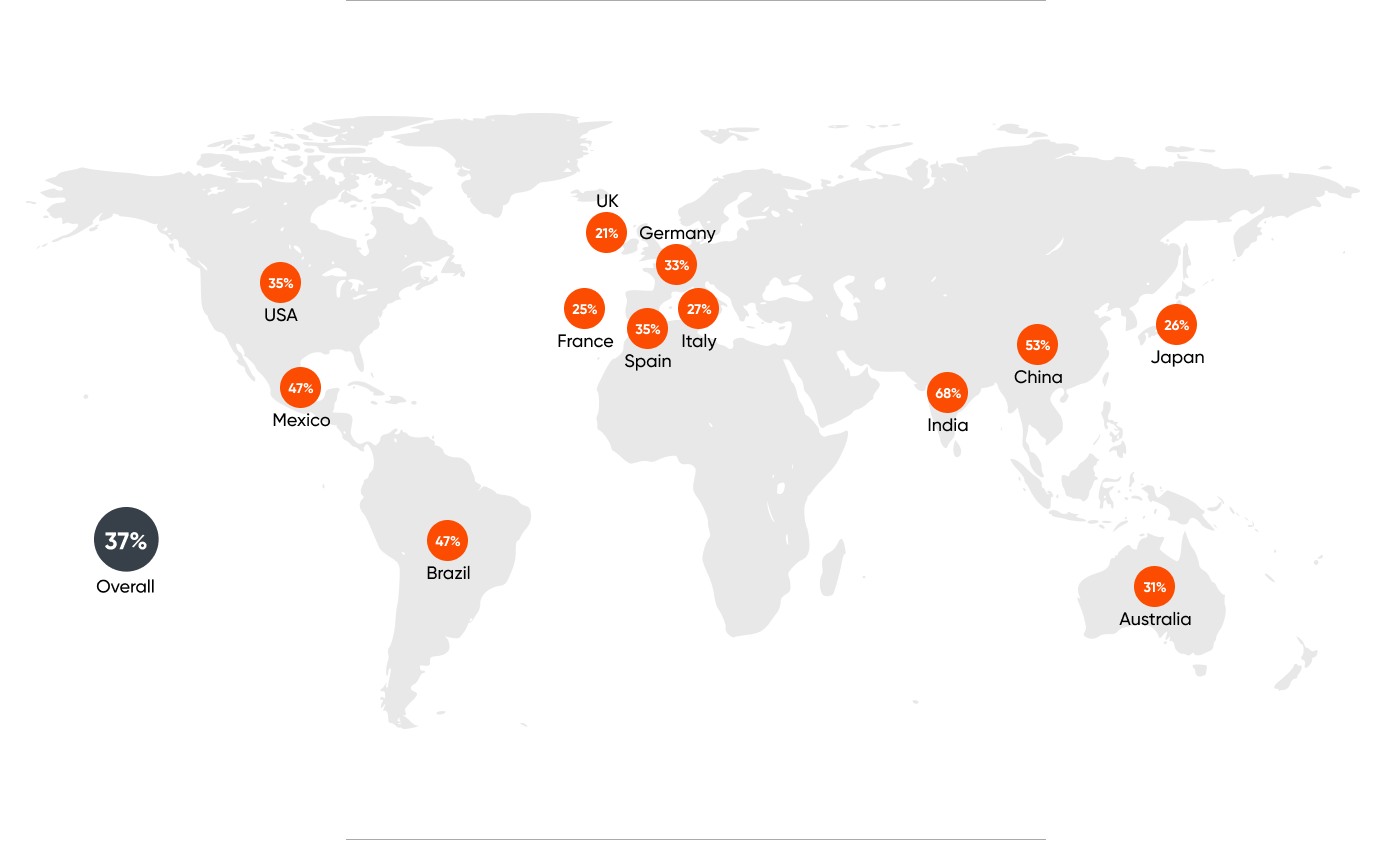
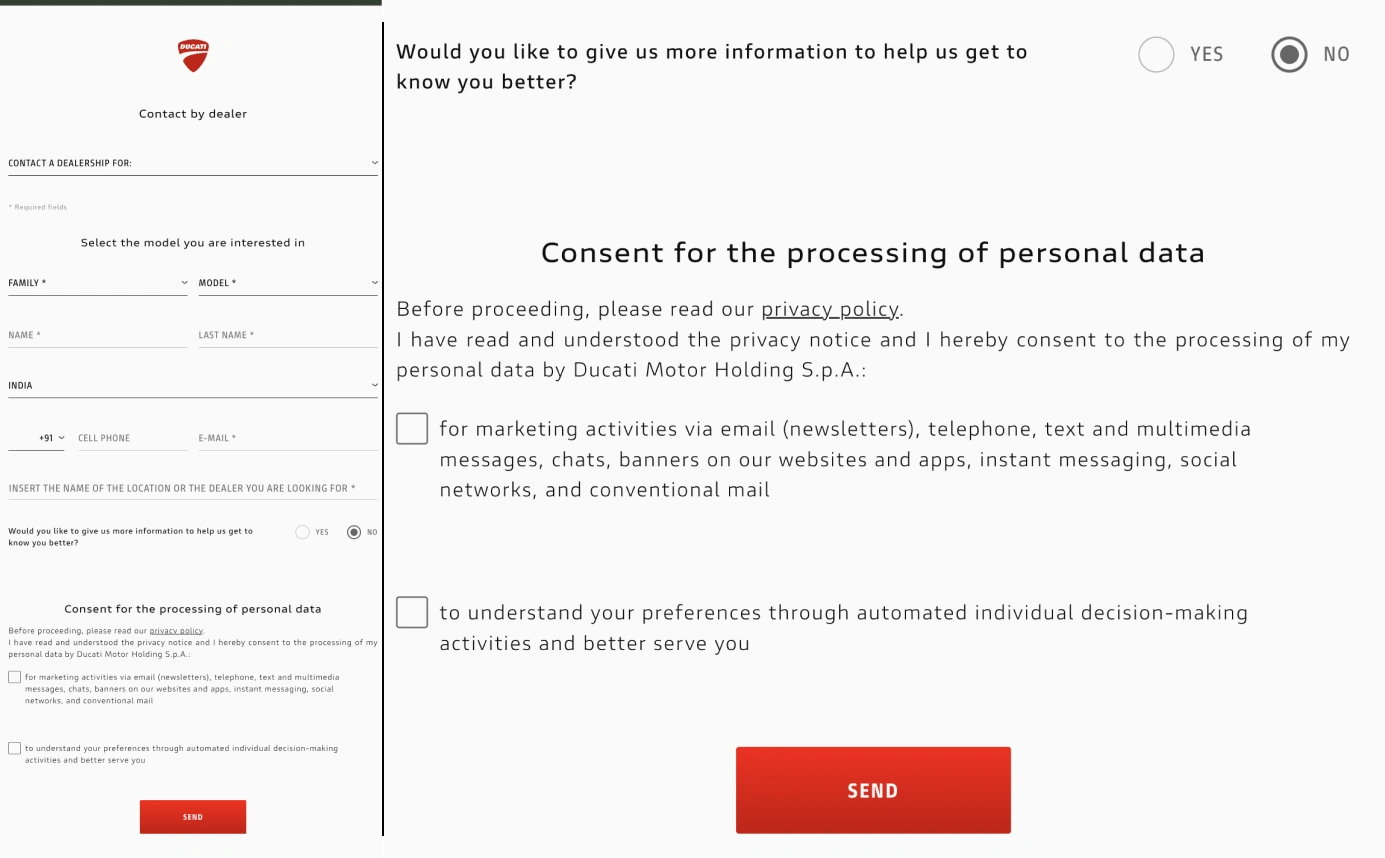
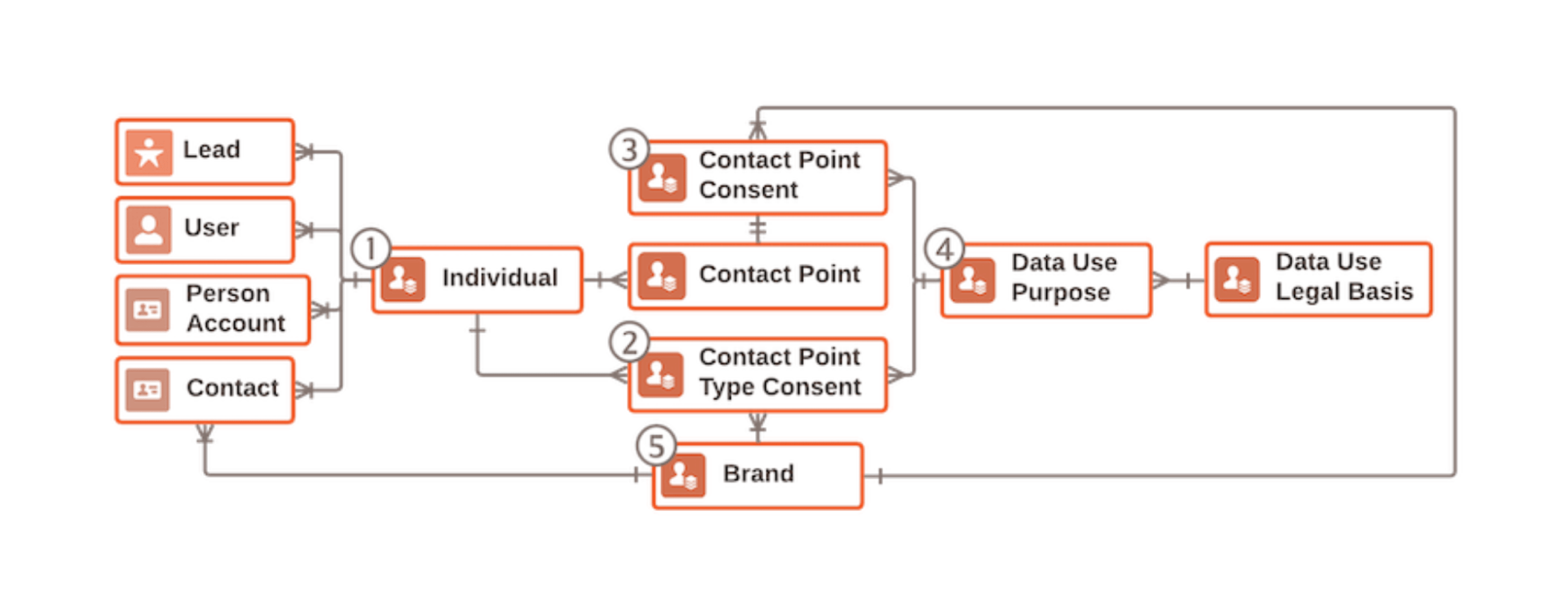


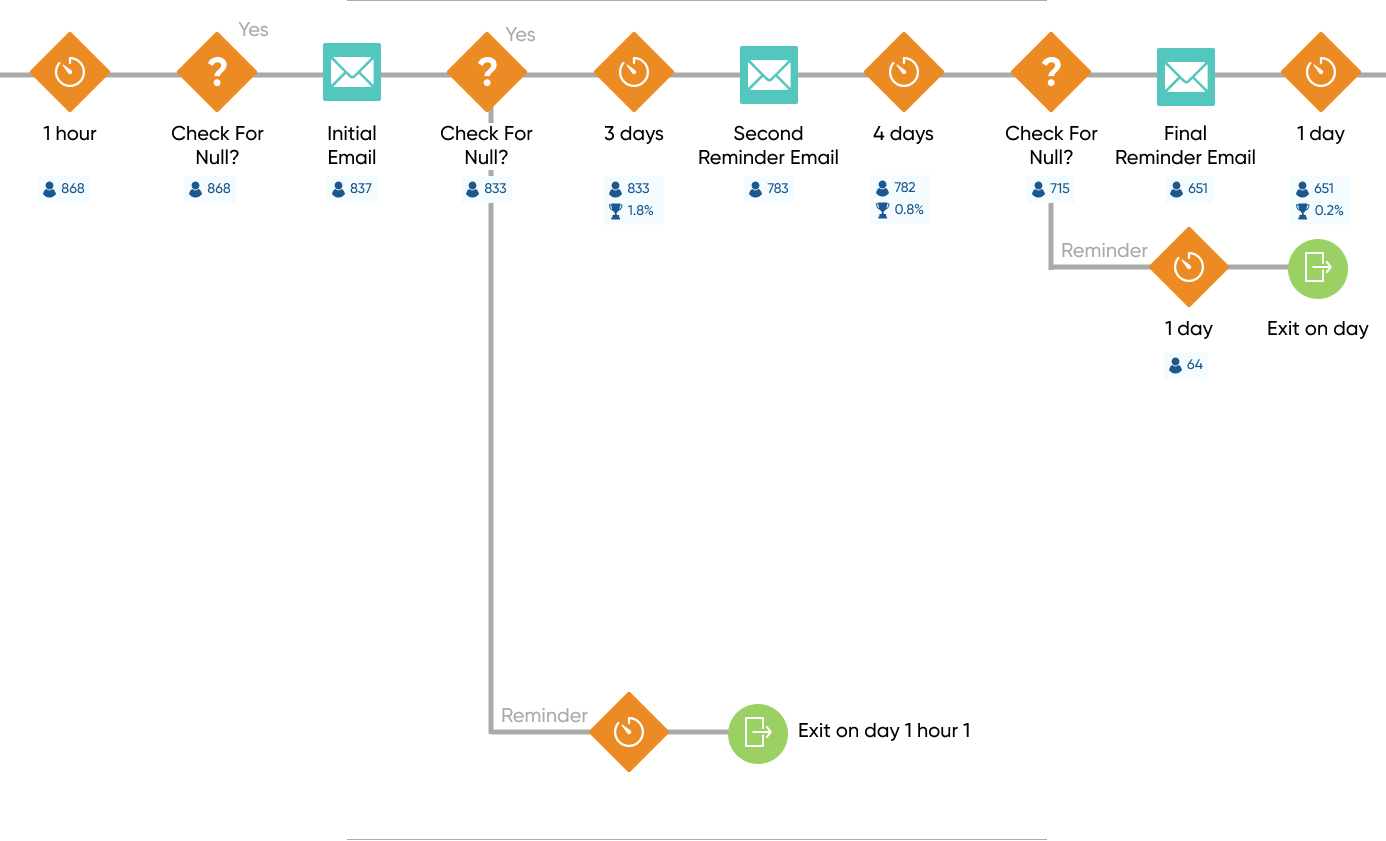
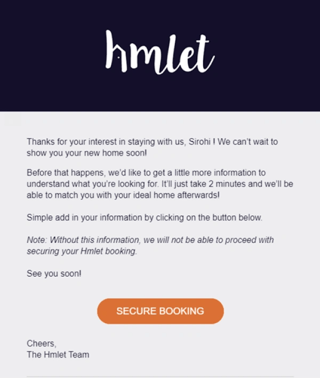
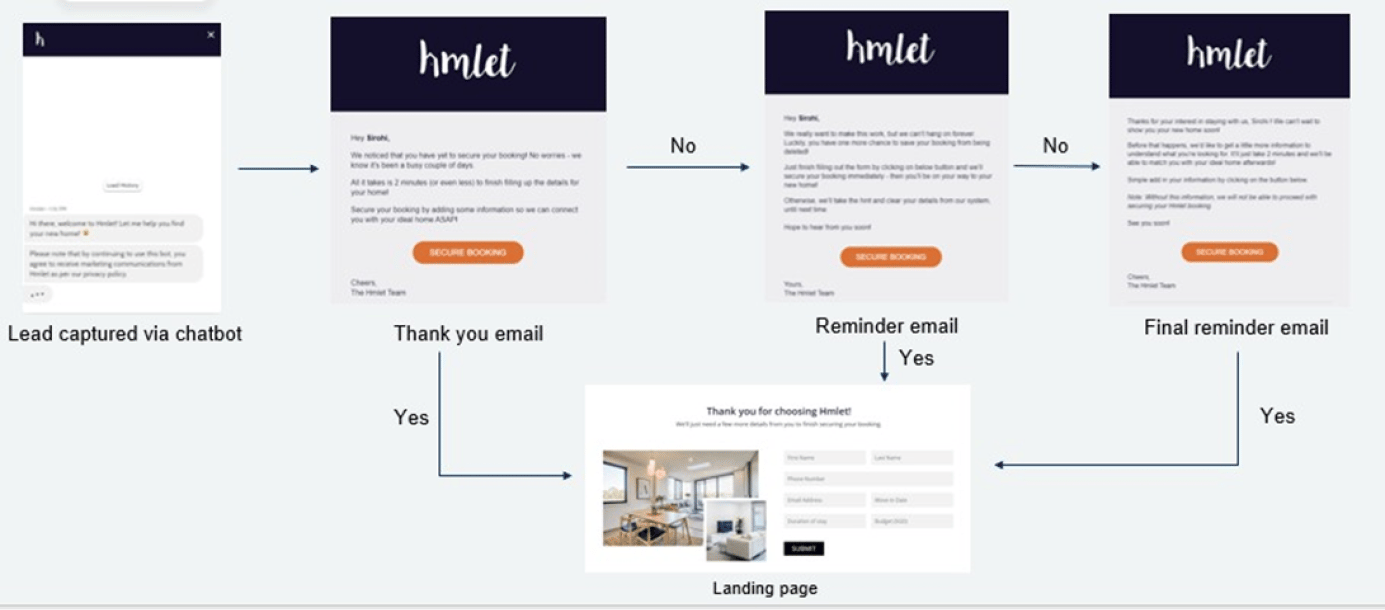
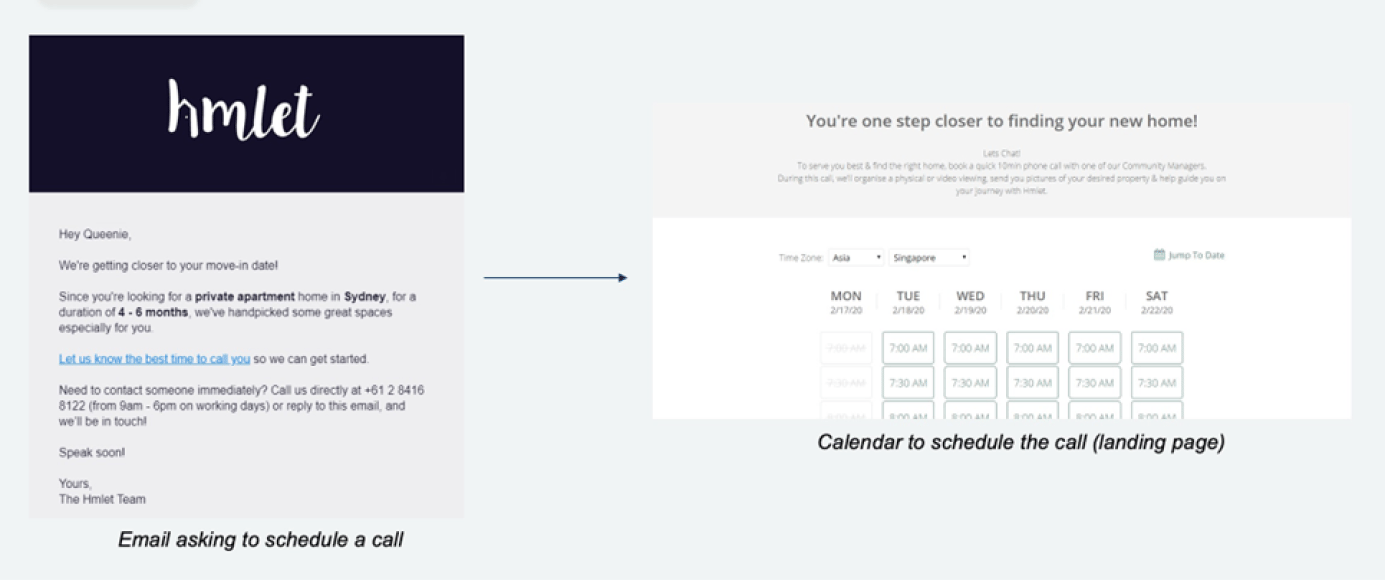
%201-1.webp?width=1385&height=790&name=svgexport-1%20(3)%201-1.webp)
%202.webp?width=1385&height=790&name=svgexport-1%20(3)%202.webp)
